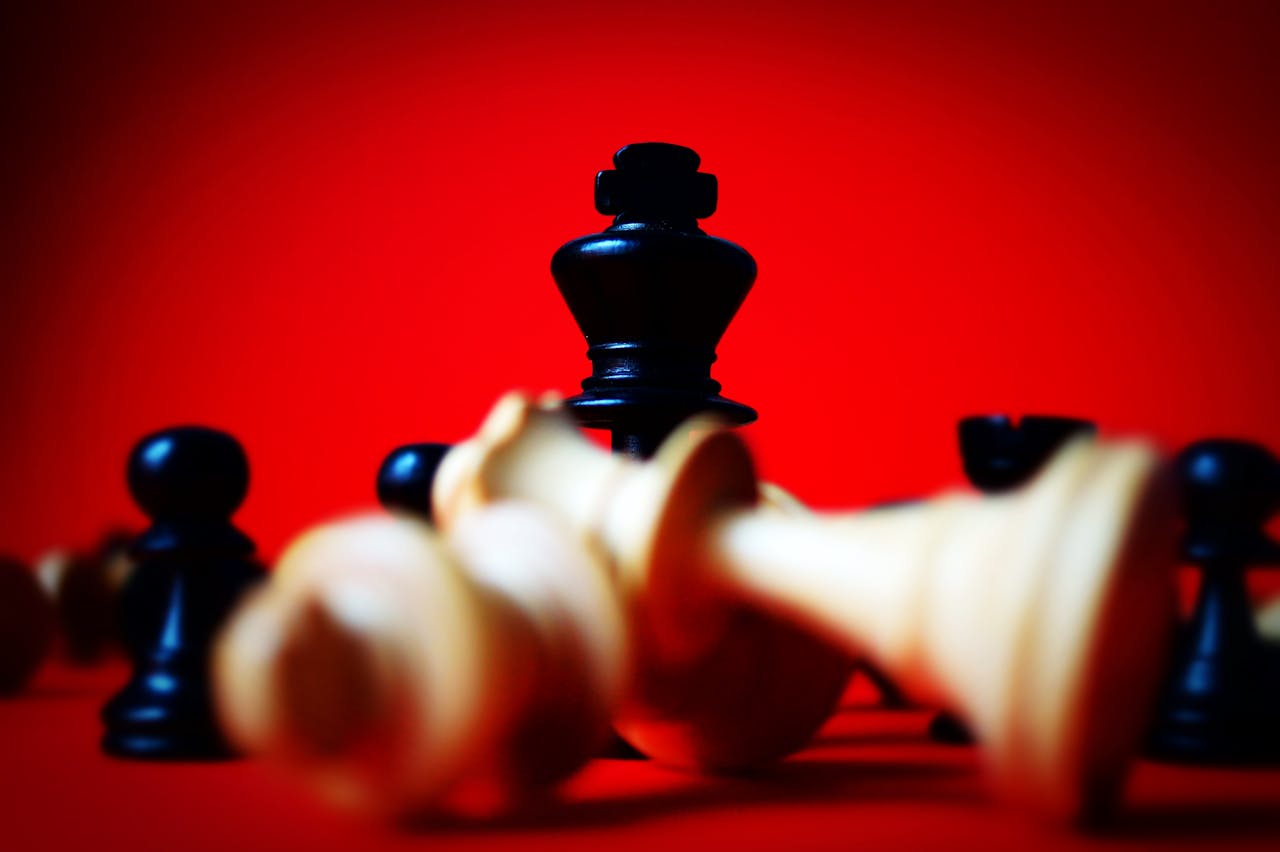Chapter 2: The Psychology of Creativity and Consistency
Break down the mental blocks that sabotage your best work.
Creativity Is Not a Mystery—It’s a Mindset
If you’ve ever had bursts of creative genius followed by weeks of nothing, you’re not alone.
The problem isn’t that you’re inconsistent—it’s that your brain is wired for survival, not expression.
Let’s break this down:
Creativity lives in the prefrontal cortex—the part of your brain responsible for imagination, big-picture thinking, and innovation.
But when your brain senses uncertainty, risk, or judgment?
It flips into protection mode (hello, resistance, procrastination, and fear).
Your nervous system prioritizes safety over self-expression.
That’s why you might suddenly feel:
- Too tired to work
- Overwhelmed by tasks
- Afraid your idea won’t be “good enough”
- Distracted by everything but your creative work
This isn’t about discipline. It’s about mindset + nervous system awareness.
The Two Enemies of Consistency: Resistance and Expectation
Resistance is the invisible force that shows up right before you do something brave or meaningful.
It sounds like:
- “This is stupid.”
- “Maybe I’ll do it tomorrow.”
- “I should check my email first…”
Expectation, on the other hand, puts pressure on your creative output to be perfect or profitable immediately.
And that kills the joy (and the flow).
Together, resistance and expectation keep you stuck in a loop:
Start → Overthink → Procrastinate → Shame → Repeat
Sound familiar?
Why Creative Work Triggers Emotional Risk
Creativity is personal. When you put something out there—an idea, a design, a message—it feels like you are being judged, not just your work.
That’s why even small tasks can feel heavy:
- Writing a caption
- Launching a product
- Pitching a client
It’s not laziness. It’s emotional vulnerability.
But here’s the shift:
Consistency doesn’t come from willpower—it comes from safety.
When your mindset creates an internal environment of permission, curiosity, and non-judgment, your creativity flows more freely.
Real-World Example: Mia, the Burned-Out Coach
Mia was a wellness coach with a huge heart—but her content was inconsistent, her launches felt rushed, and she struggled to finish anything without spiraling into stress.
Through mindset coaching, she realized her brain was:
- Linking creativity with pressure
- Associating visibility with rejection
- Trying to stay safe by avoiding big moves
Once she rewired those beliefs and created space for low-pressure creativity, she:
- Bounced back from burnout
- Started posting consistently
- Felt inspired again (without forcing it)
Her tools? Mindset work, nervous system regulation, and letting go of perfectionism.
Checklist: Are You Creating from Safety or Stress?
Ask yourself:
✔ Am I rushing or forcing creativity to meet a deadline I fear?
✔ Do I procrastinate even when I want to create?
✔ Do I judge my ideas before I finish them?
✔ Do I rely on pressure to get things done?
✔ Do I quit when things don’t feel instantly clear or easy?
If most of your creative energy comes from fear, urgency, or pressure, you’re likely running on a mindset that blocks consistency.
Reframe: Create Like a Scientist, Not a Performer
What if you approached your work like an experiment?
No pressure. Just curiosity.
Each piece of content, product, or post becomes data, not a judgment on your worth.
Instead of:
- “This better go viral…” → Try: “Let’s see how this lands.”
- “What if I fail?” → Try: “What can I learn either way?”
- “This isn’t perfect…” → Try: “Done is better than perfect.”
When you create without attachment to outcome, you unlock creative freedom + consistency.
Journal Prompts: Rewriting Your Creative Narrative
- What patterns do I notice in how I approach creative tasks?
- What fears or beliefs tend to show up before I create or launch something?
- What would it feel like to create without pressure or fear?
- What mindset shift would make creativity feel fun again?
Action Steps: Rewire for Creative Momentum
- Create in Small Windows:
Work in short sprints (25–45 minutes). Avoid long, draining sessions. Train your brain to associate creative work with ease and flow. - Use the “2-Minute Entry Point” Rule:
Before any big task (writing, filming, designing), do a micro-task for 2 minutes. It could be outlining a headline or selecting a color palette. Start small. Momentum builds fast. - Separate Creation From Evaluation:
Don’t judge your work while making it. Set a separate time for editing or reviewing. Creativity and critique don’t belong in the same room. - Celebrate Output, Not Outcome:
Reward yourself for showing up—not for likes, sales, or validation. The act of creating is the win.
Key Takeaways
- Creativity requires emotional safety, not pressure.
- Resistance and perfectionism block flow—mindset unblocks it.
- You’re not lazy or unmotivated—your brain is trying to protect you.
- Shifting into curiosity and low-pressure creativity leads to consistency.


